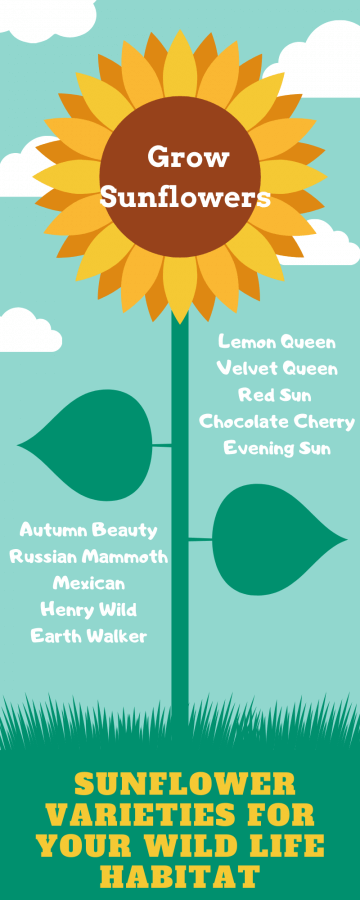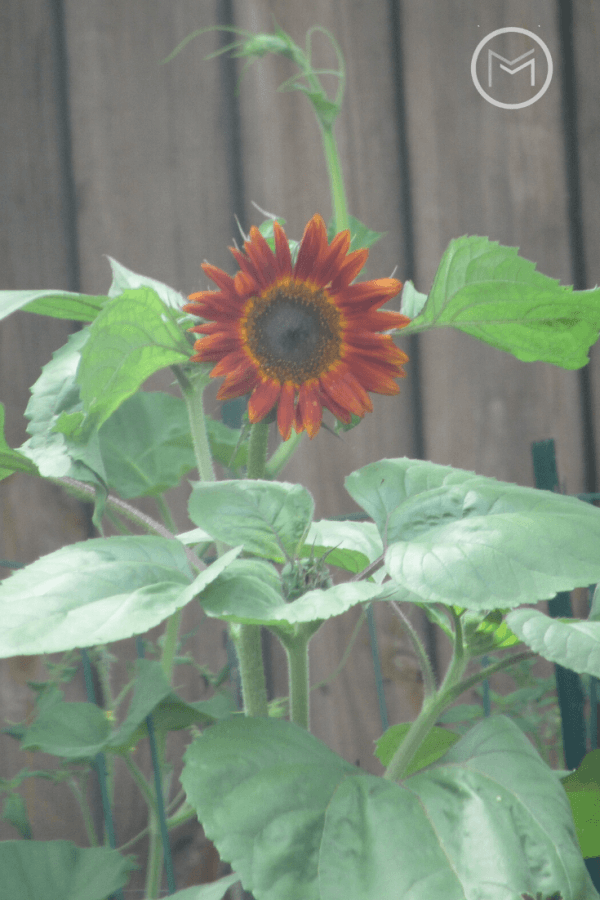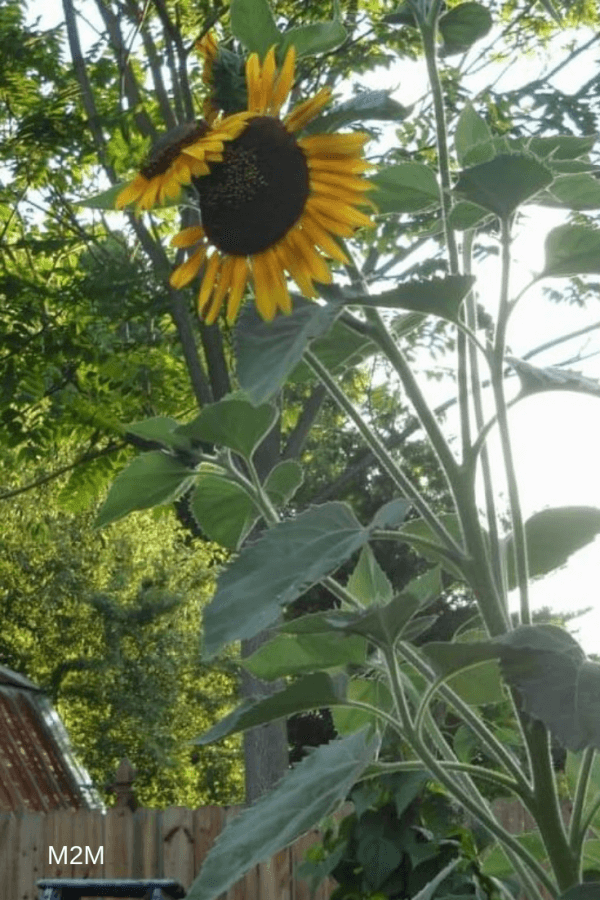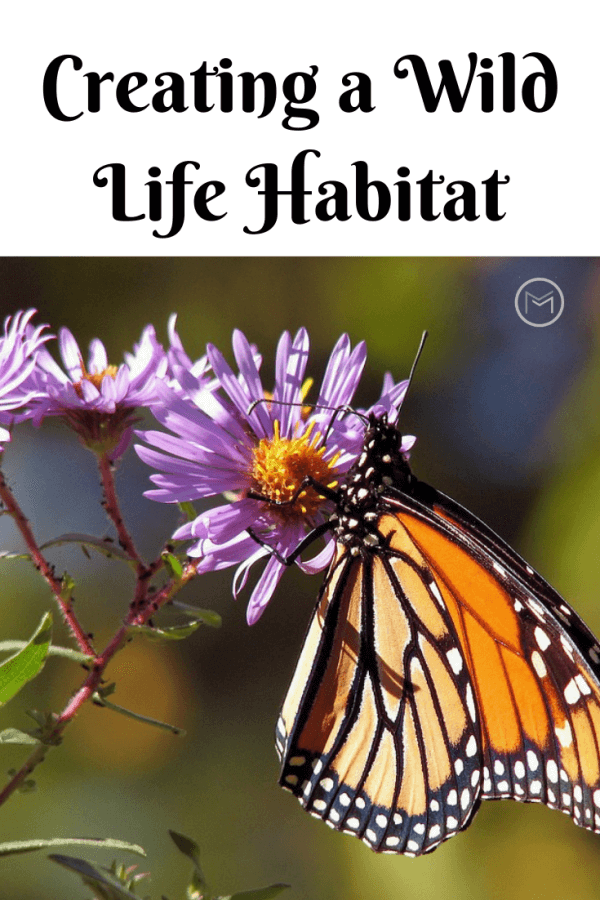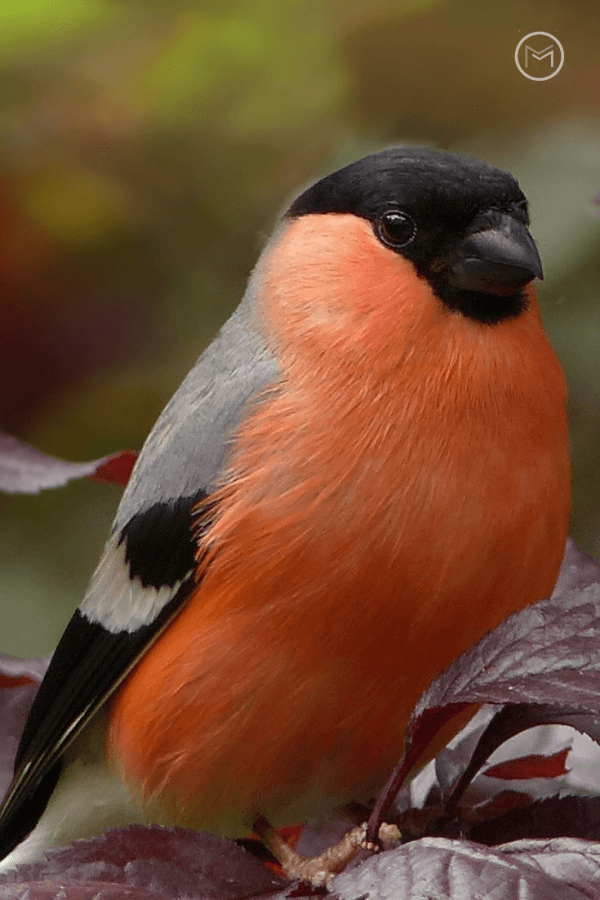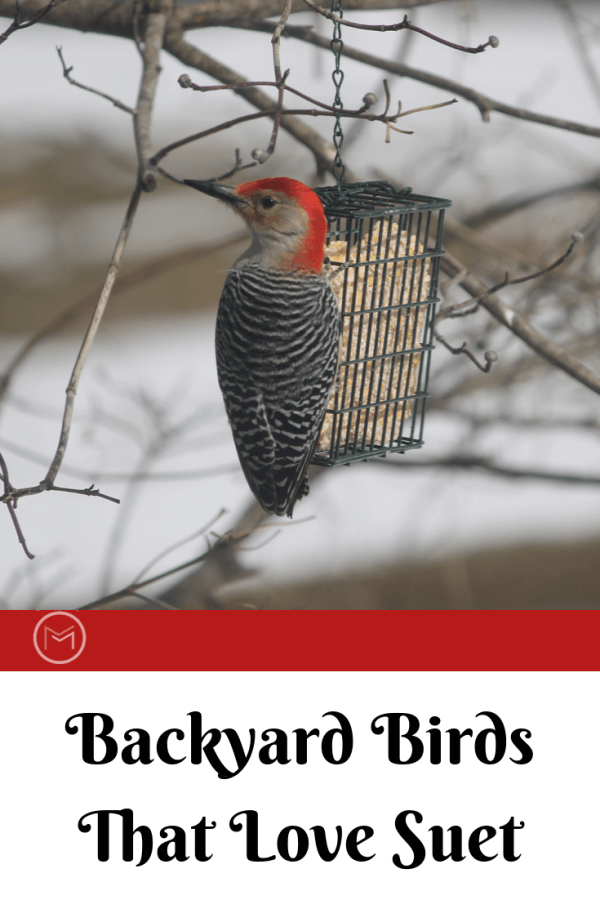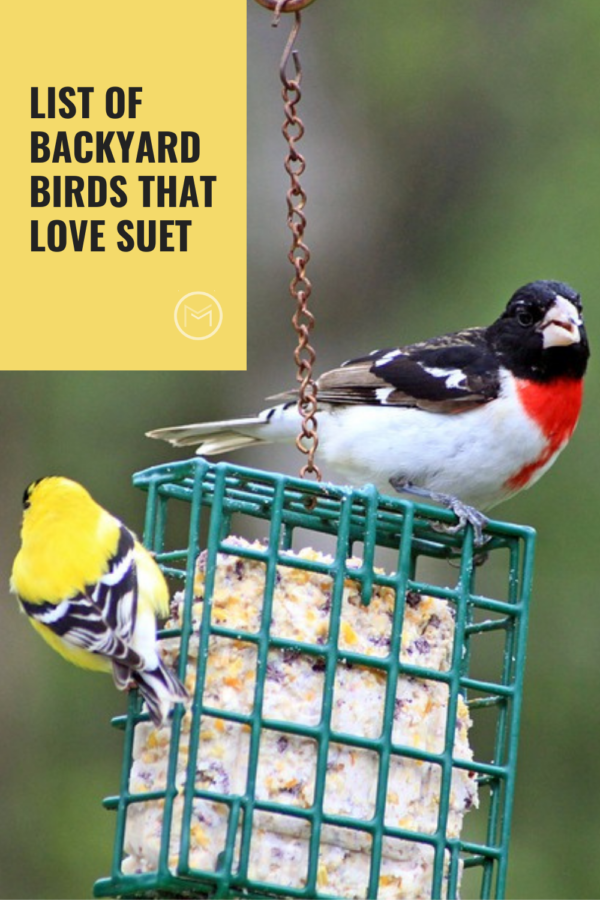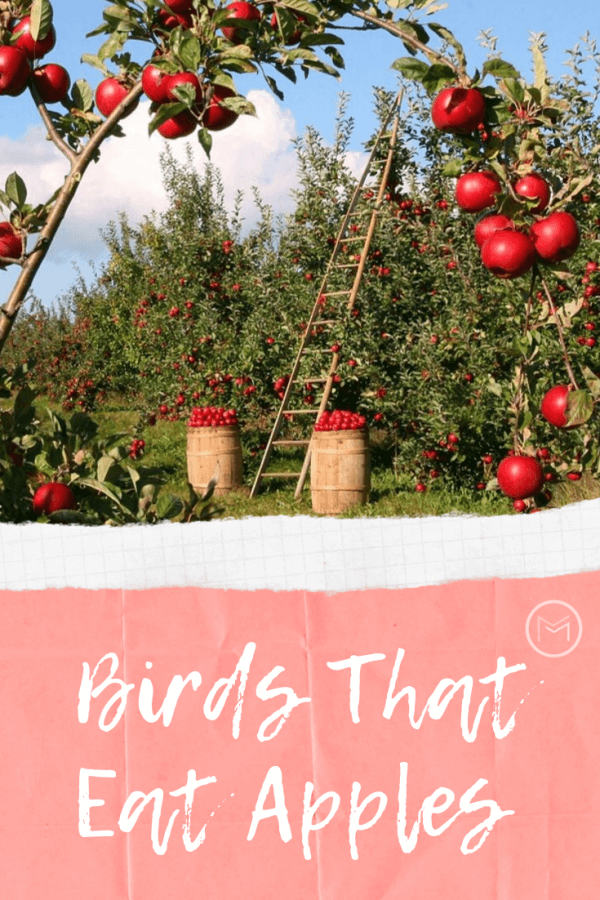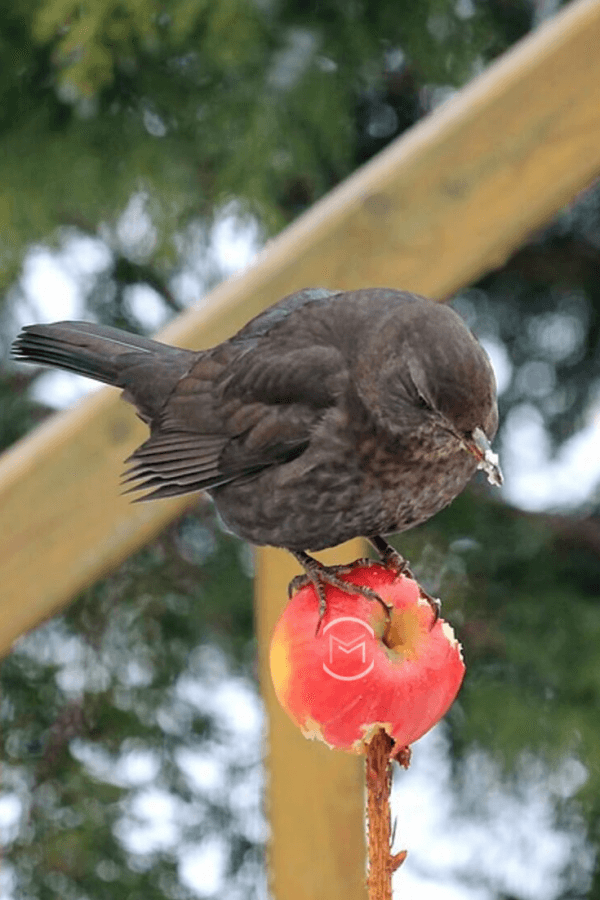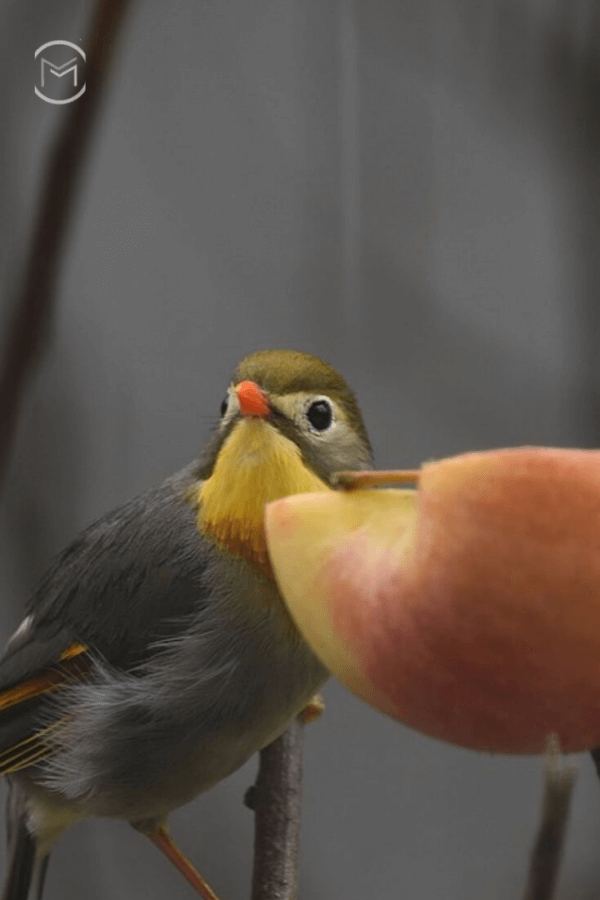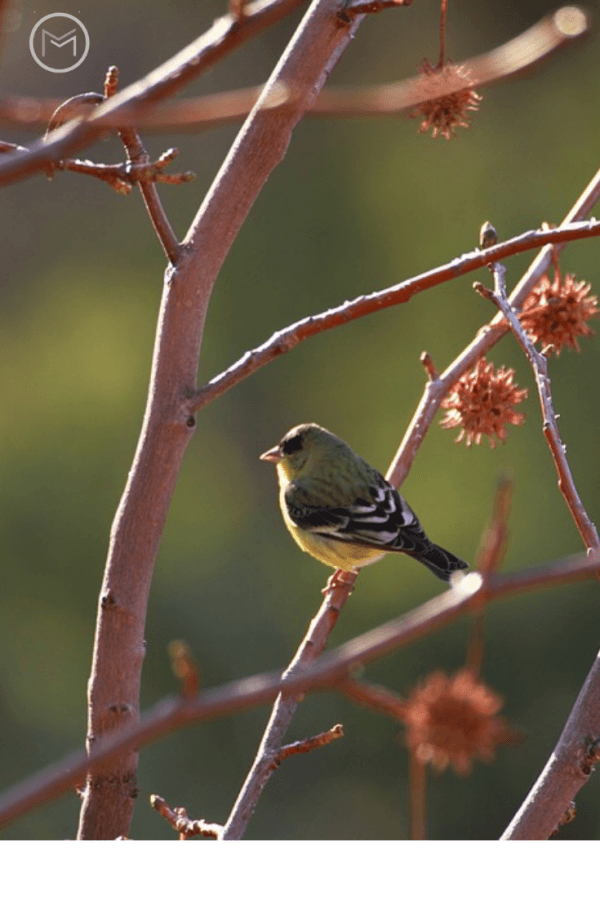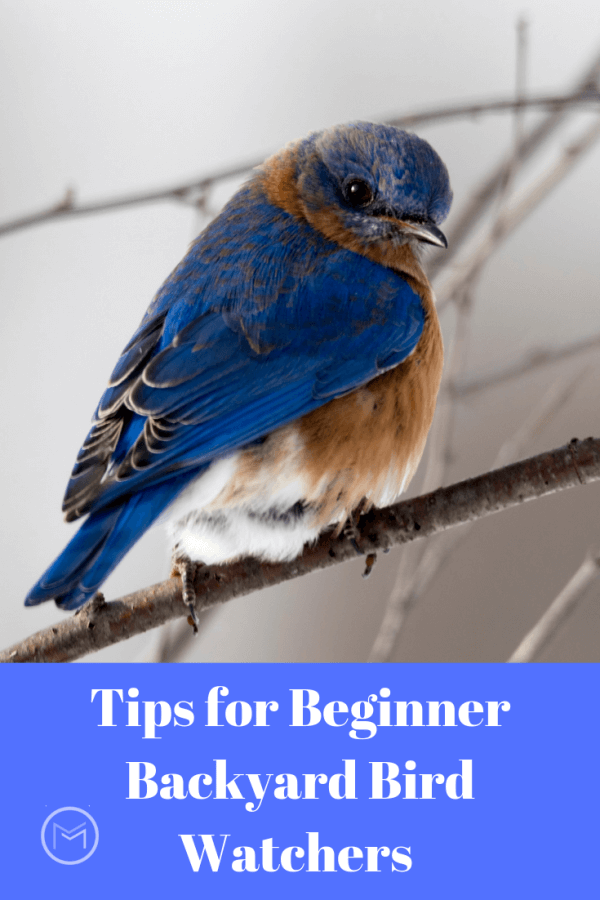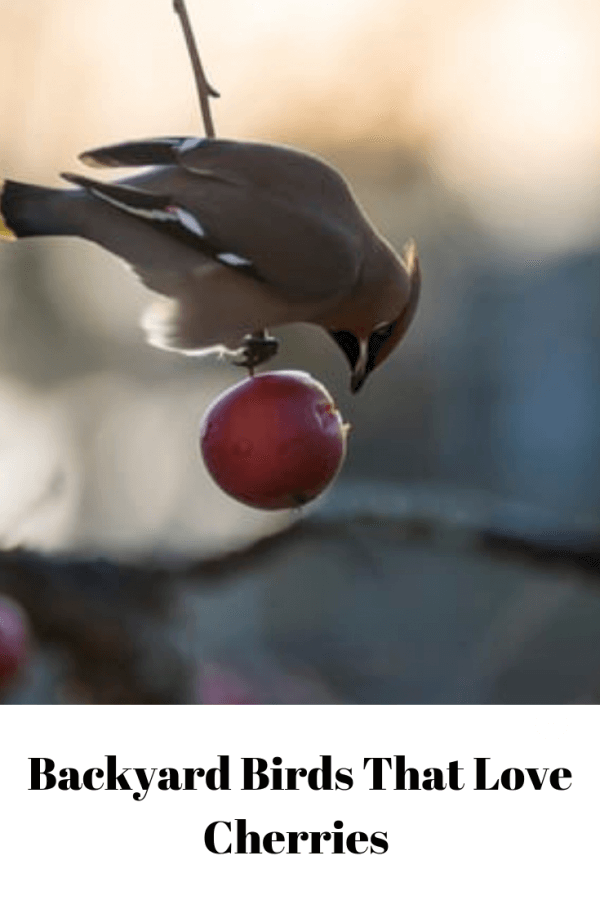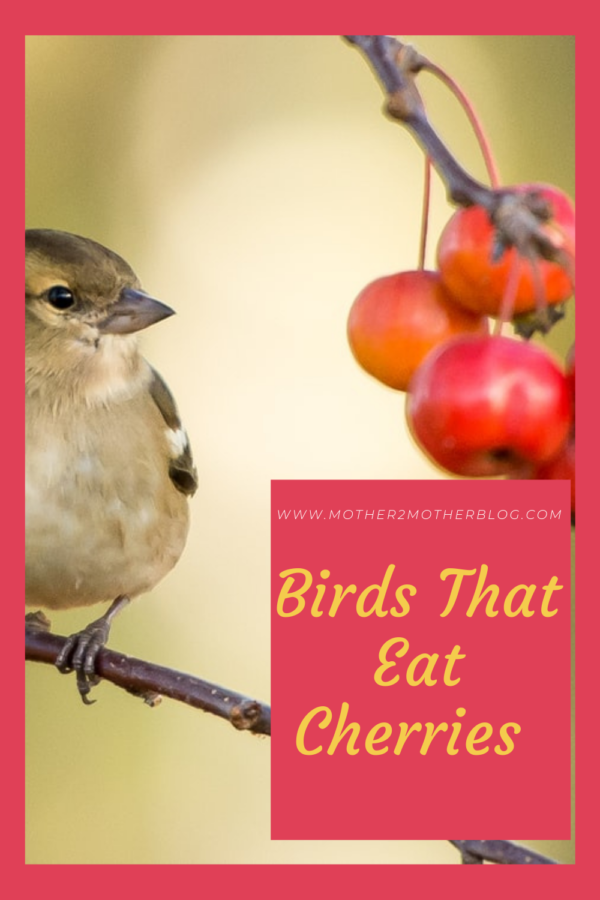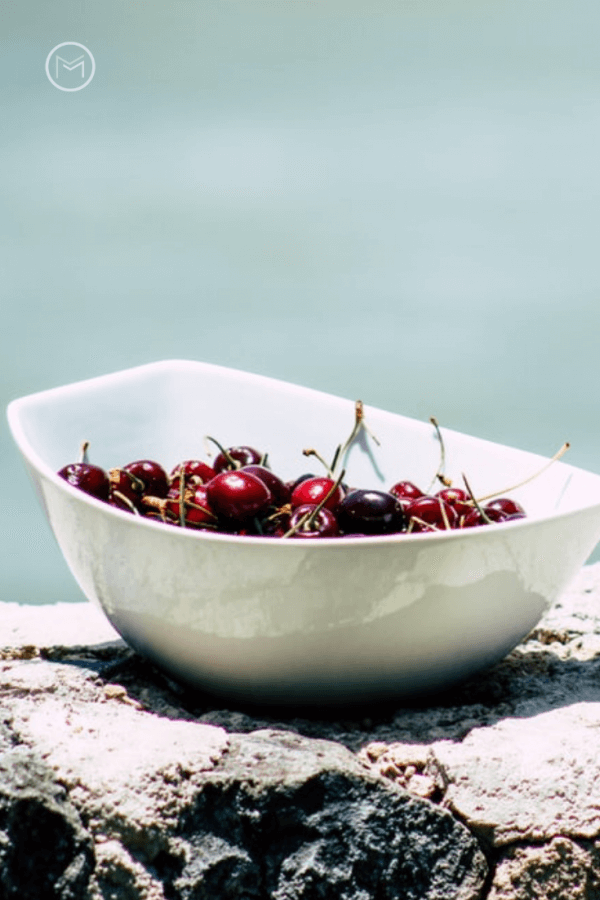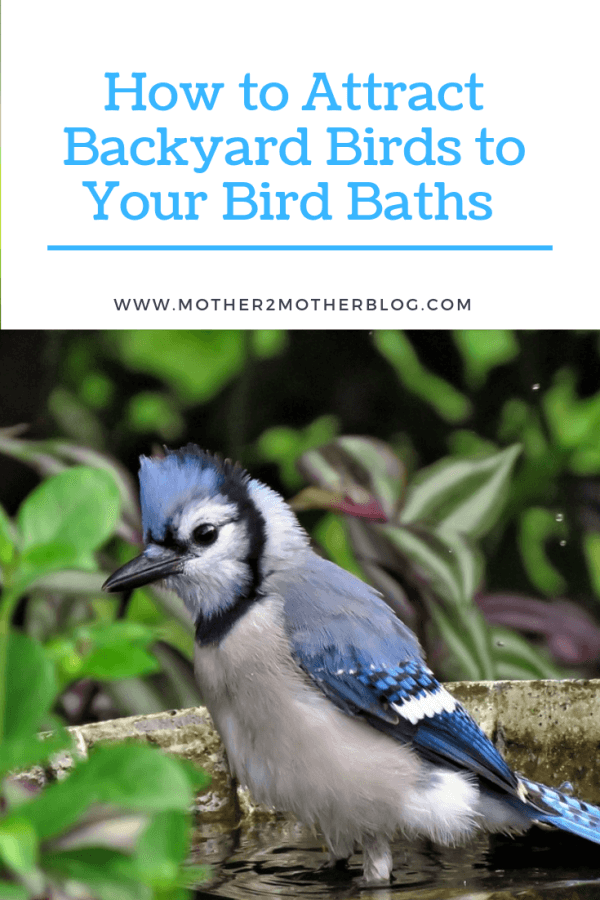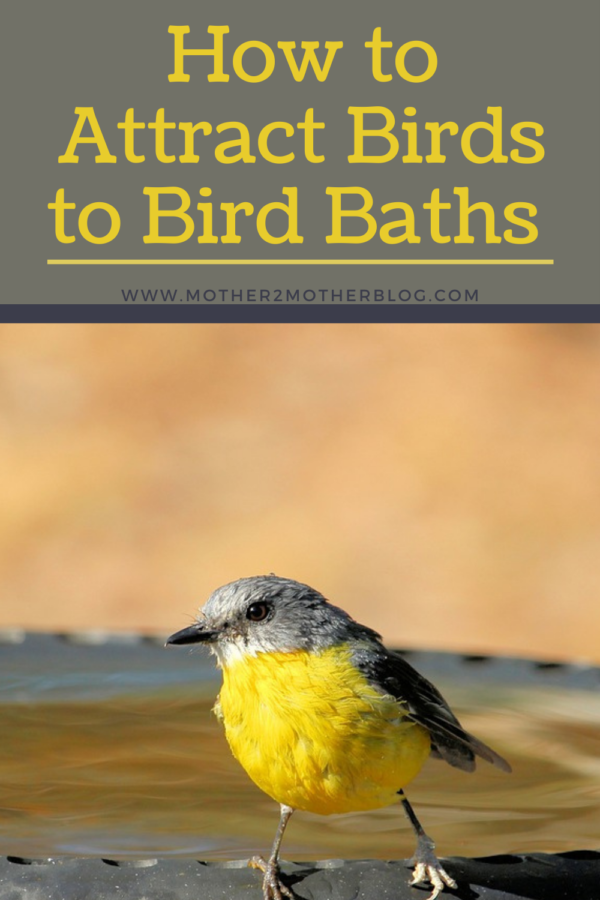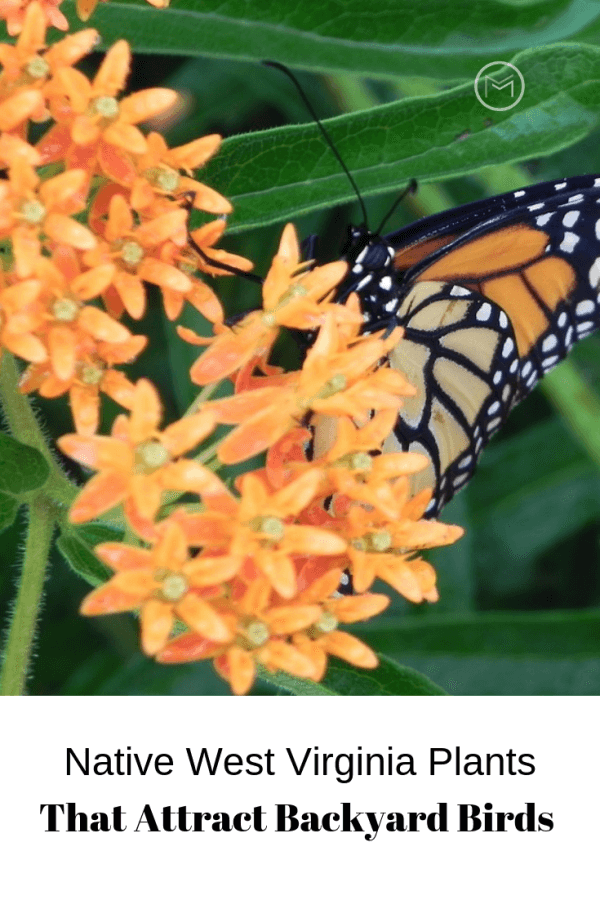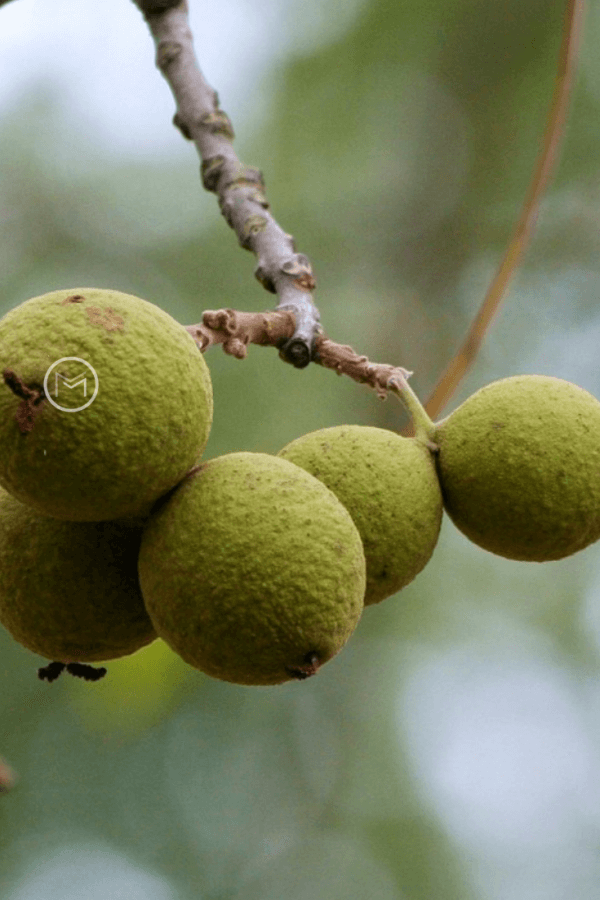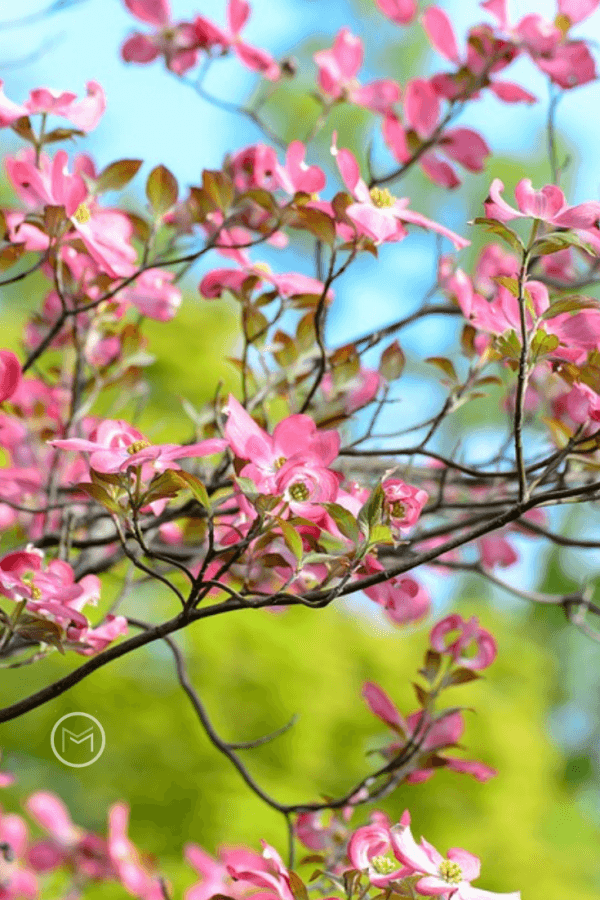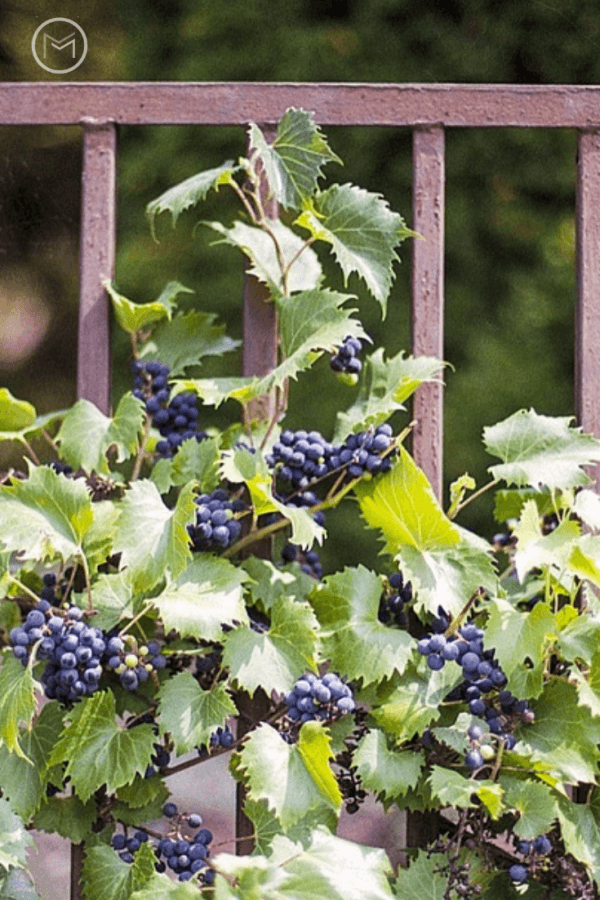Today, I’m sharing backyard bird tips on how to clean bird feeders. Keeping your feeders clean is as important as the food you offer our feathered friends. Leaving feeders up for months without cleaning them could cause mold and fungus, which leaves to disease. Feeders should be cleaned at least once a month, twice a month is even better. Clumps of food is a sign that moisture penetrated your feeder. Moist food can lead to mold and fungus.
I have several feeders that I use at my feeding station. I always keep several feeders that are clean so I can replace those that need to be cleaned with the sanitized feeders. As a result, my feathered friends can continue to enjoy their buffet. You always want your feeders to be stocked; otherwise, your birds will go elsewhere for food.
If you’re a beginner bird watcher and feeder, you may be wondering how to clean your bird feeders. No worries, I’ll give all the information you need below.
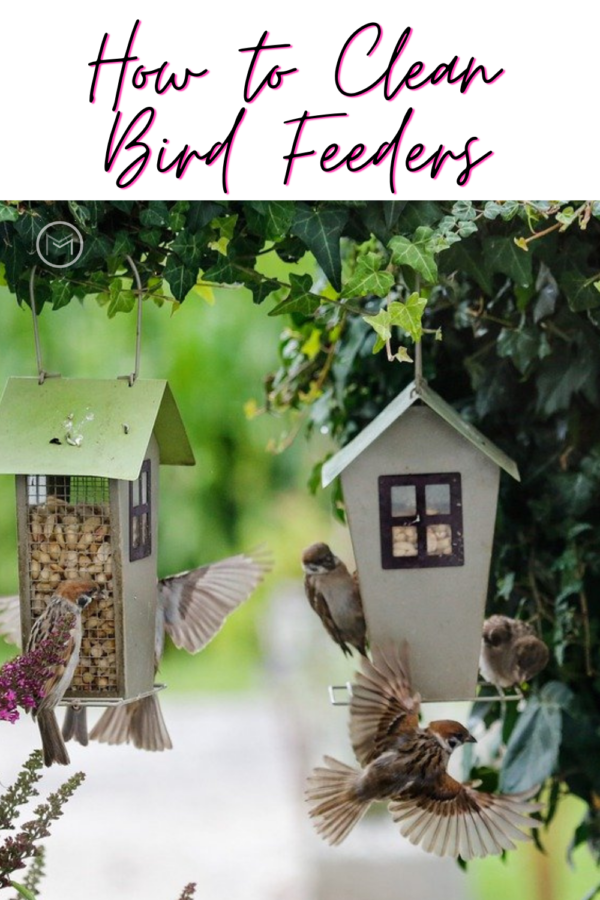
How to Clean Bird Feeders:
Rinse Feeders
- Make sure your feeders are empty before you start cleaning them. So, you’re first step is to remove any seed and dispose of it in a trash bag. Next, place the bag of seed in a sealed garbage can. Otherwise, you can attract unwanted critters if you just leave the seed in your yard. Spray your feeders gently with a water hose to dislodge any seeds and debris. Don’t use a full force water spray on your feeders. It could damage the feeder or parts on the feeders. Additionally, I wear gloves when cleaning my feeders. I suggest you wear them too during the cleaning process.
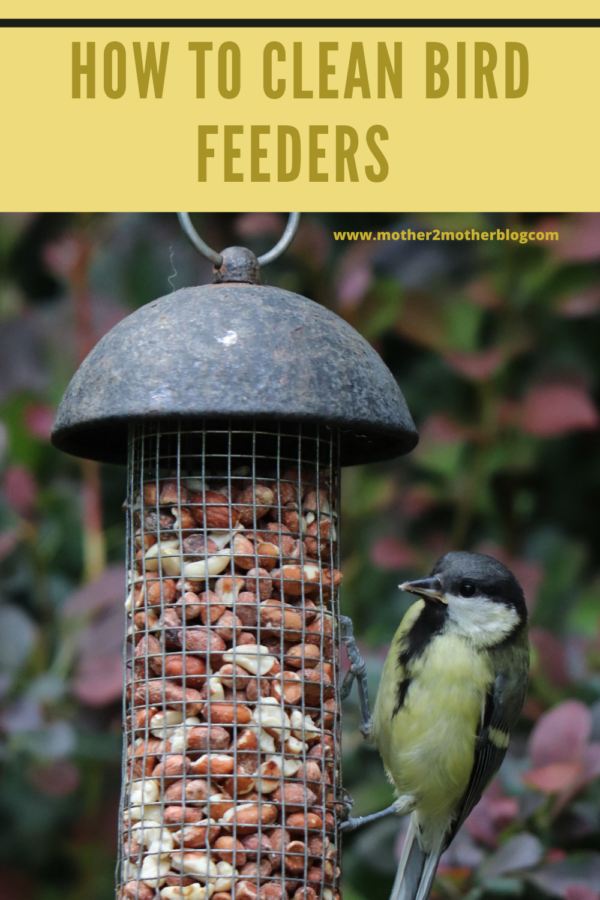
Soak Feeders
- Next, soak feeders in hot, soapy water. I use water as hot as I can get to soak my feeders in along with Dawn dish washing liquid. A 5 gallon bucket from Lowes works great for soaking feeders. You can perform this task in your garage, driveway, patio or deck on a nice sunny day. Also, immerge your feeders for at least 15 – 20 minutes. Once they’ve soaked for 15 – 20 minutes, scrub them from top to bottom with a stiff brush. You want to make sure you get into the crevices as well as the inside of the feeder to remove mold, fungus, and debris. Use a bottle brush for tube feeders. Using a bottle brush versus a scrub brush will make your cleaning endeavor easier. Trust me.
Disinfect Feeders
- Last, disinfect your feeders. I use white vinegar and water to disinfectant my feeders. White vinegar is a staple in my home. I use it to clean my shower doors and for other cleaning jobs. Bleach is harsh on the metals and/or plastic in my opinion. So, I use vinegar and water to disinfect. I simply use a spray bottle with a 50/50 solution of the water and vinegar. Cover the feeders with the solution. After covering the feeder with the water and vinegar solution, I use a rag to wipe the solution over the feeders. I keep old towels cut into rags, and they work great. Rinse your feeders thoroughly with clear water.
Air Dry Feeders
Last, allow your feeders to air dry in a dry spot overnight. They will be clean, sanitary and ready to be used at your next birdseed buffet.
Finally, if you’re going to help feed our feathered friends, please ensure your feeders are clean and well maintained. My cleaning tips will help ensure your feeders are welcoming.
